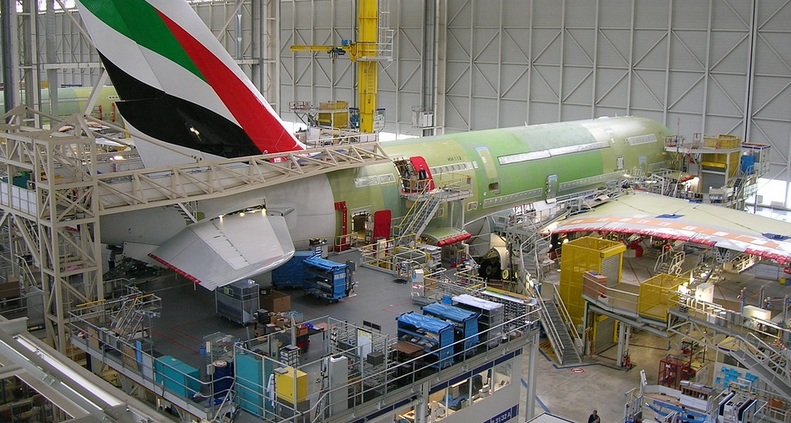The Right Weld for the Job
Choosing the right welding rod is crucial for successful and efficient welding projects. Two common diameters, 3/32″ (0.25mm) and 1/8″ (3.175mm), represent distinct choices with different consequences concerning weld penetration, bead appearance, and overall strength. Understanding these nuances will help you make informed decisions based on the specific needs of your project.
Both 3/32″ and 1/8″ rods offer a wide range of applications, from hobbyist repairs to industrial manufacturing. Choosing between them ultimately boils down to understanding their inherent characteristics and how they relate to the specific welding tasks at hand.
Understanding Weld Penetrating Power
Let’s dive into this fundamental aspect: penetration power. The diameter of a welding rod directly impacts its ability to penetrate materials effectively. A thicker rod like the 1/8″ offers more weld bead filler material, leading to deeper penetration than a thinner rod like the 3/32″. The larger surface area on a 1/8″ rod allows for greater heat input, enabling it to melt through thicker substrates without needing excessive force.
For applications where penetration depth is vital, such as welding thick plates or materials that require substantial fusion, the 1/8″ rod proves advantageous. Conversely, if you’re working with thinner materials like sheet metal or light gauge steel, a 3/32″ rod might be sufficient for achieving satisfactory results.
Weld Bead Appearance: The Impact of Diameter
The diameter of the welding rods also plays a significant role in determining the appearance and quality of your weld bead. A thicker rod’s larger cross-section contributes to a wider, more pronounced weld bead with increased surface area for heat dissipation.
This typically results in a fuller-looking weld bead that might be ideal if you want a visually appealing finish or are welding thin materials to create a smooth and even joint. However, a thinner rod’s narrower profile produces a more compact and concentrated weld bead with less surface area for heat dissipation.
In some situations, the 3/32″ rod’s smaller diameter might be preferred for applications where a tight, controlled weld bead is necessary, especially when working with thin gauges.
Strength: Thickness Matters
The strength of a welded joint also relates directly to the welding rod diameter. Thicker rods offer greater tensile strength, meaning they are less susceptible to breaking or detaching under stress or load.
A 1/8″ rod provides enhanced strength and stability, making it suitable for projects demanding heavy-duty applications, such as bridge construction or heavy machinery repairs.
On the other hand, thinner rods like 3/32″, even though they might need multiple beads for a strong joint, can be used in scenarios where minimal material is needed for optimal strength. This could be useful when welding thin gauge materials where lighter-weight joints are required.
Choosing the Right Rod: Match Up with Your Project
Ultimately, the choice between 3/32″ and 1/8″ welding rods depends on your specific project requirements and welding goals. Consider these factors when making your selection:
* **Thickness of materials being welded:** Thicker materials require thicker rods for deeper penetration and stronger welds. * **Desired weld bead appearance:** For a smooth, even bead, consider the 1/8″ rod, which offers greater surface area compared to 3/32″. * **Weld speed and application:** Faster welding speeds might benefit from 1/8″ rods due to their increased heat input. * **Cost and accessibility:** The cost of different rod diameters can also play a factor in your decision-making process.
By understanding these factors, you can choose the right welding rod for your specific project, ensuring a successful and impactful weld
Let me know if you’d like to dive deeper into any particular aspect or have more questions!
